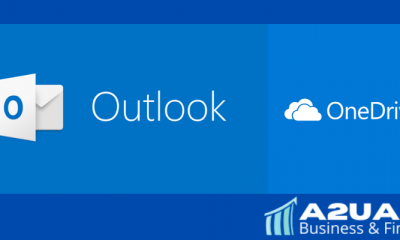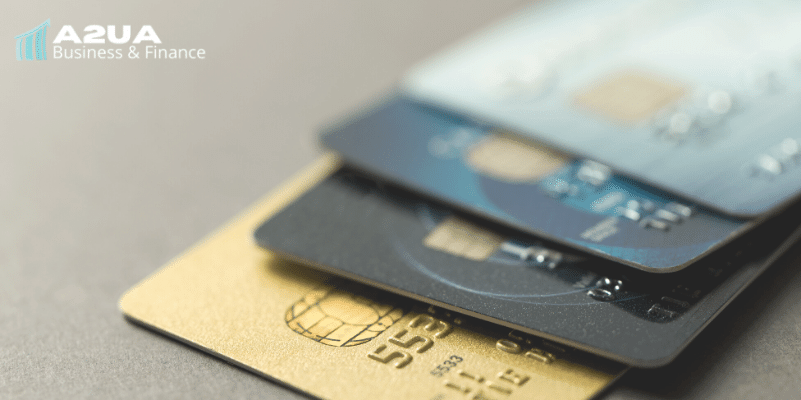Education
How Payment Fraud Occurs in today’s digital world
Published
1 year agoon
By
admin
Payment Fraud
Payment fraud is a growing problem in today’s digital world. With the rapid growth of online banking, e-commerce and other forms of electronic payments, fraudsters have taken advantage of these opportunities to steal money from unsuspecting victims. There are a variety of types of payment fraud that can be perpetrated on both businesses and individuals. Here we discuss three major categories of payment fraud: card not present (CNP) fraud, account takeover and identity theft.
CNP fraud occurs when someone uses stolen or fraudulent credit or debit card information to make purchases without having actual possession of the card. This type of crime is particularly common in industries such as travel, hospitality and e-commerce where customers purchase items online without having to physically present their card for identification purposes.
Payment Fraud Occurs
Payment fraud is a serious issue plaguing businesses of all sizes. Unscrupulous criminals are taking advantage of lax security measures to gain access to sensitive customer data and financial information. All forms of payment fraud have one thing in common: they involve the misuse or unauthorized use of someone else’s payment information.
The most common type of payment fraud occurs when an individual obtains access to another person’s credit or debit card details without their knowledge or permission and uses that data for their own purposes. This could include making fraudulent purchases online, withdrawing cash from ATM machines,or engaging in other illegal activities. Other forms of payment fraud include identity theft and phishing scams, where individuals attempt to steal personal information by sending fraudulent emails or messages pretending to be legitimate companies or organizations.
Phishing
Phishing occurs when criminals send out fake emails or text messages that appear to come from legitimate sources, such as banks or other financial institutions. The message typically requests personal information such as account numbers and passwords or asks the recipient to click on a link that will take them to a fraudulent website where their data can be stolen.
Criminals use this method of fraud because it is relatively easy to pull off and can result in large sums of money being taken from unsuspecting victims. It is important for businesses and consumers alike to be aware of these scams and take steps to protect themselves against them.
Pagejacking
Payment fraud is a serious problem that can affect businesses of all sizes. One type of payment fraud, pagejacking, has been increasing in popularity over the past few years. Pagejacking is when an attacker takes control of a legitimate web page and modifies it without the permission or knowledge of the website’s owner. This form of fraud often involves creating a replica website that looks like the original one and is used to steal customers’ personal information such as credit card numbers, bank account details and passwords.
Once an attacker has compromised a web page, they are able to intercept any data entered by users into the form fields on that page. The stolen data can then be used to make fraudulent purchases or create fake accounts using other people’s identities.
Data breaches
Data breaches are one of the most common ways for criminals to gain access to sensitive financial information and commit payment fraud. Hackers can use various tactics to break through security barriers, such as using stolen user credentials or exploiting software vulnerabilities. Once inside, attackers can steal valuable customer data like payment card numbers, bank accounts, and personal identification numbers. This data can then be used to commit financial crimes like identity theft, credit card fraud, and money laundering. Companies must take steps to protect their networks from these threats by deploying robust security measures that detect suspicious behavior and alert the appropriate personnel when necessary.
Card testing
Card testing is one type of payment fraud that businesses need to be aware of. This form of payment fraud occurs when a criminal uses stolen card details in an attempt to validate them by making numerous small transactions.
The purpose of card testing is to determine whether the credit or debit card details provided are valid or not. The thief will use trial and error with different amounts, merchant sites, and countries until they find out the details are correct, then they can make large fraudulent purchases with those cards undetected. It’s important for merchants to have anti-fraud software in place that monitors customer behavior patterns so any suspicious activity can be detected as quickly as possible.
Friendly fraud
Friendly fraud is a type of payment fraud that can affect businesses of any size. It occurs when a customer makes an online purchase, then contacts their credit card company to dispute the charge after they’ve received the item. This fraudulent activity can have devastating consequences for businesses, as it reduces their income while also increasing administrative costs associated with resolving disputes.
The most common form of friendly fraud is so-called “chargeback fraud” which occurs when a customer purchases something online and then later calls their credit card company or bank to dispute the charge, even though they actually authorized the purchase and received what they had bought. Other forms include false claims of never receiving an item or services, claiming an item was damaged or not as described in its product description, or falsely claiming that there were unauthorized charges on your credit card statement.

Trending

 France FR3 years ago
France FR3 years agoGame of Thrones Saison 8 episode 5 streaming VOSTFR

 Education2 years ago
Education2 years agoDoes CBD work as a sleep aid? and its Disorders

 Finance4 years ago
Finance4 years agoWeTransfer Alternatives (based on Outlook and OneDrive) for big file transfers

 Credit Card4 years ago
Credit Card4 years agoKELISTO: How Can I Get Free Credit Card?

 Education2 years ago
Education2 years agoCan Cannabis Cause You to Grind Your Teeth? [Explained]

 Featured4 years ago
Featured4 years agoPERSONAL INCOME TAX. VARIATIONS IN PERSONAL INCOME TAX

 Business2 years ago
Business2 years agoUse of Technology in Education for Learning and Teaching

 Finance4 years ago
Finance4 years ago3 Best Financial Tips